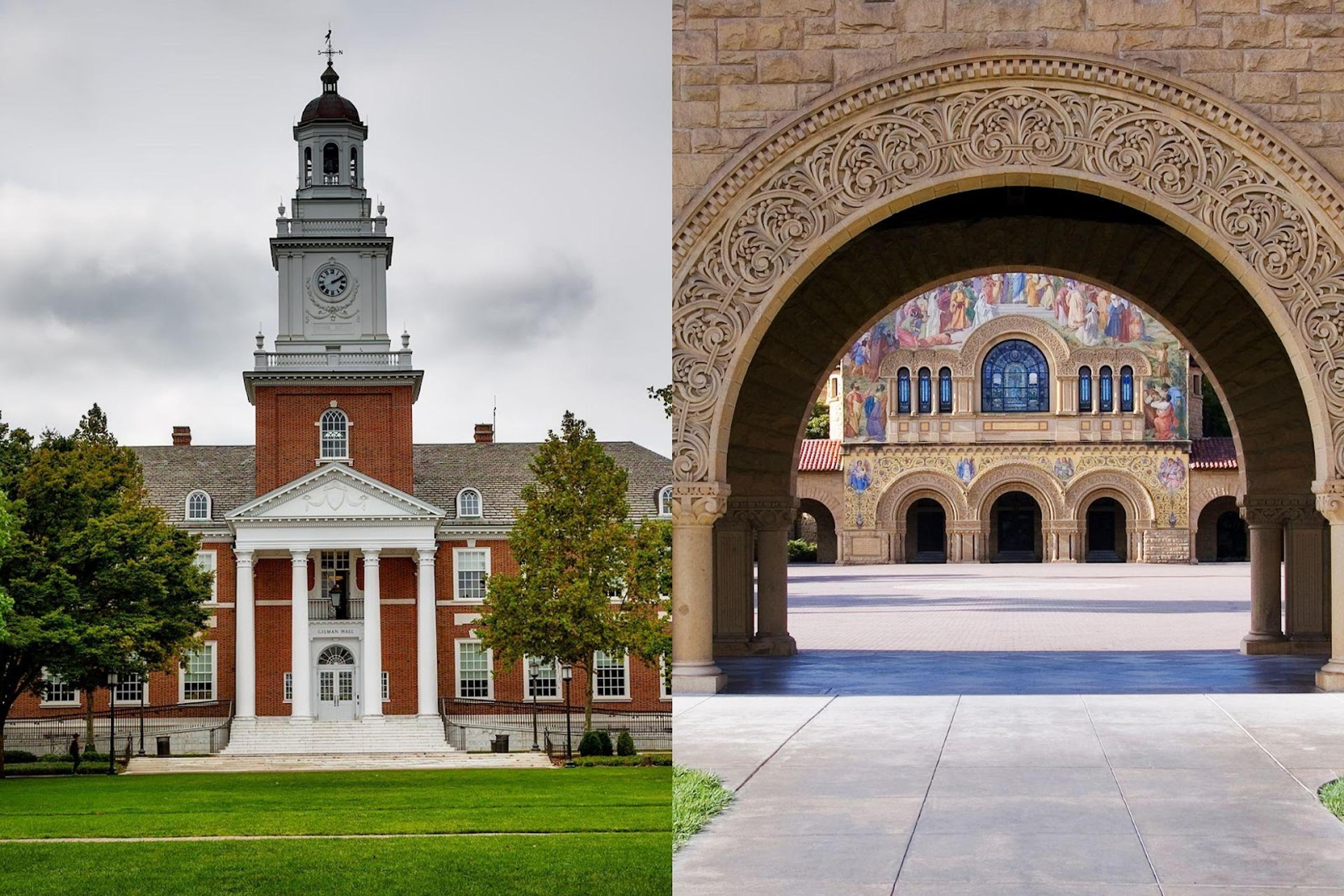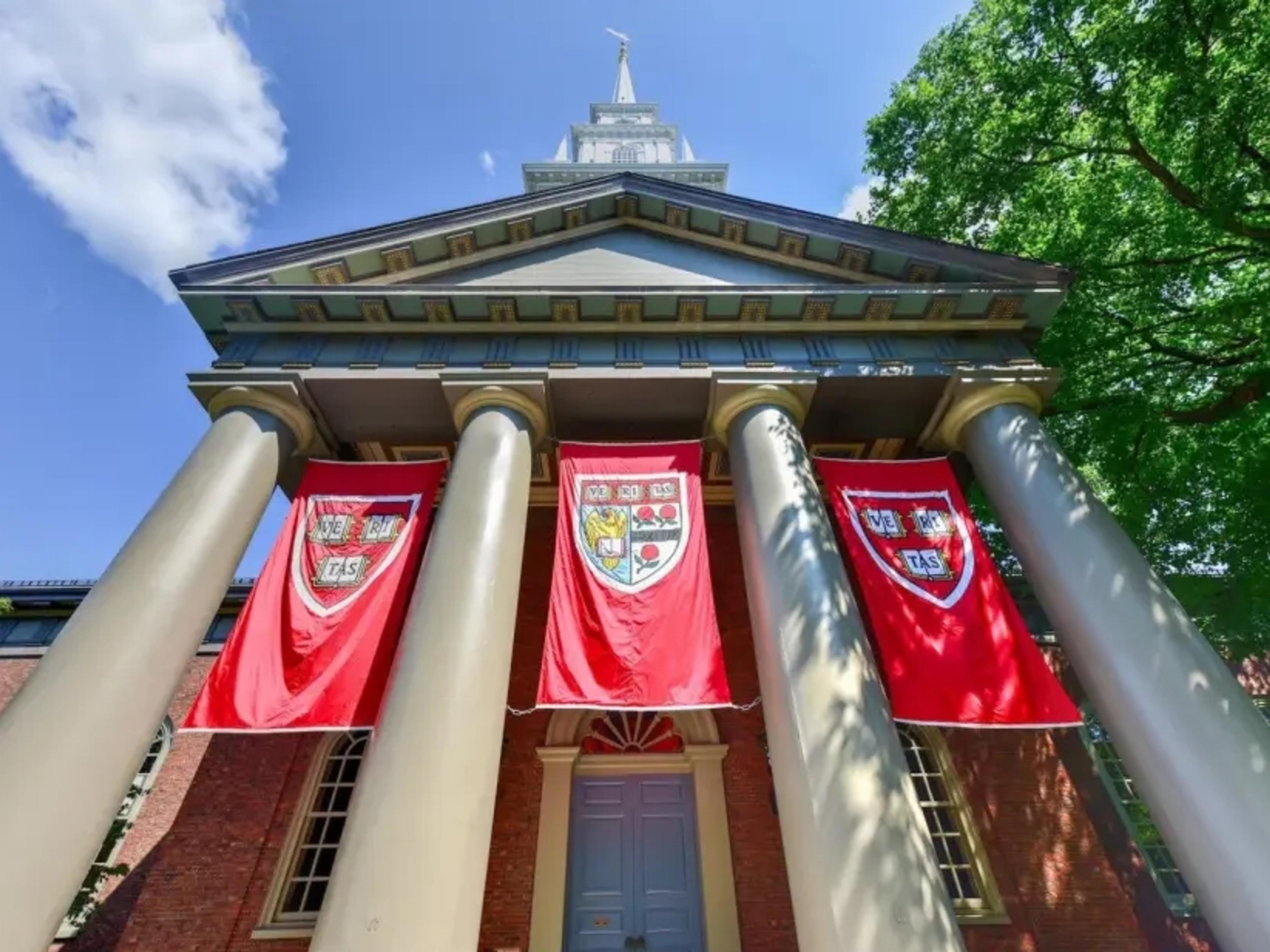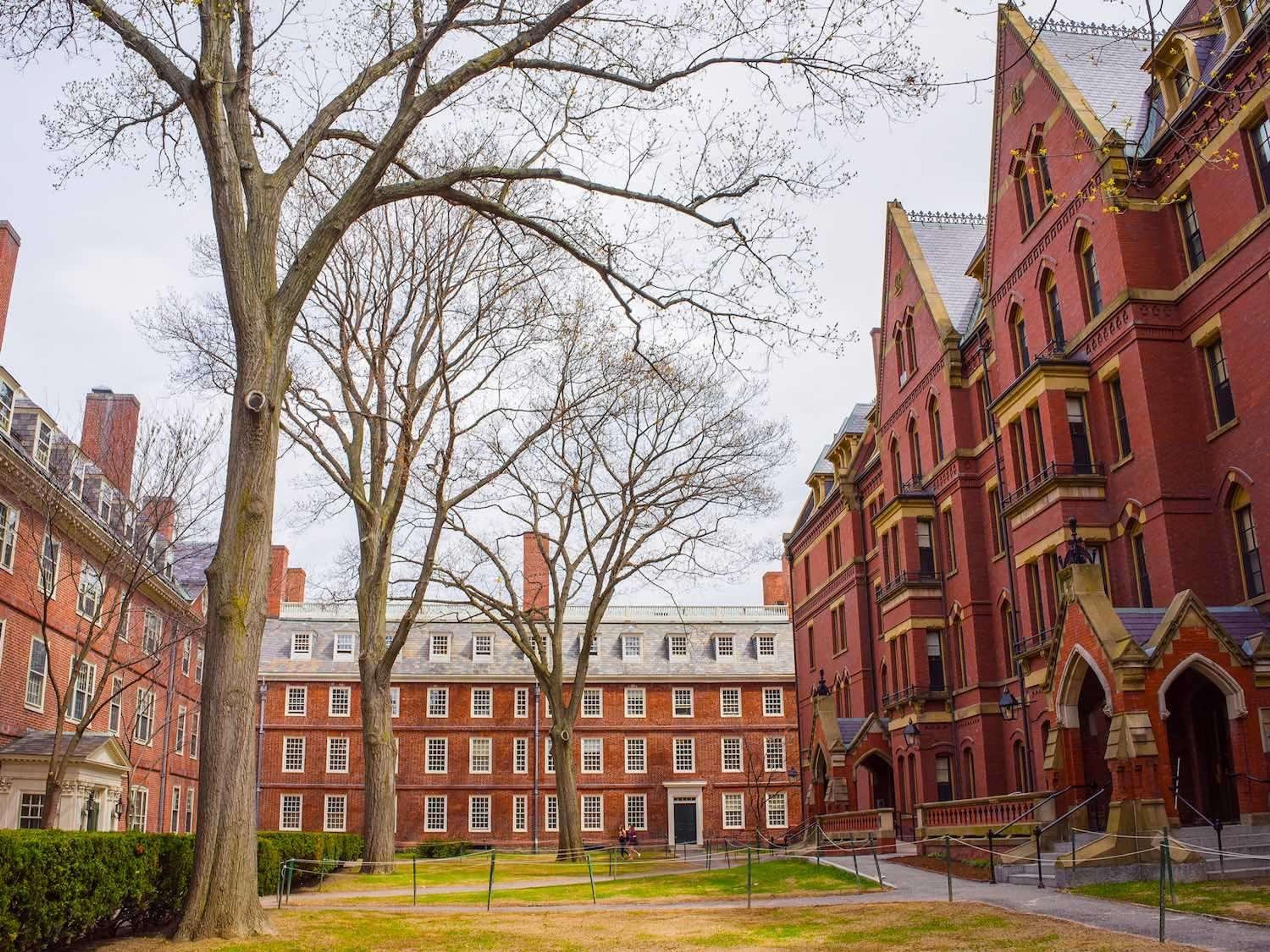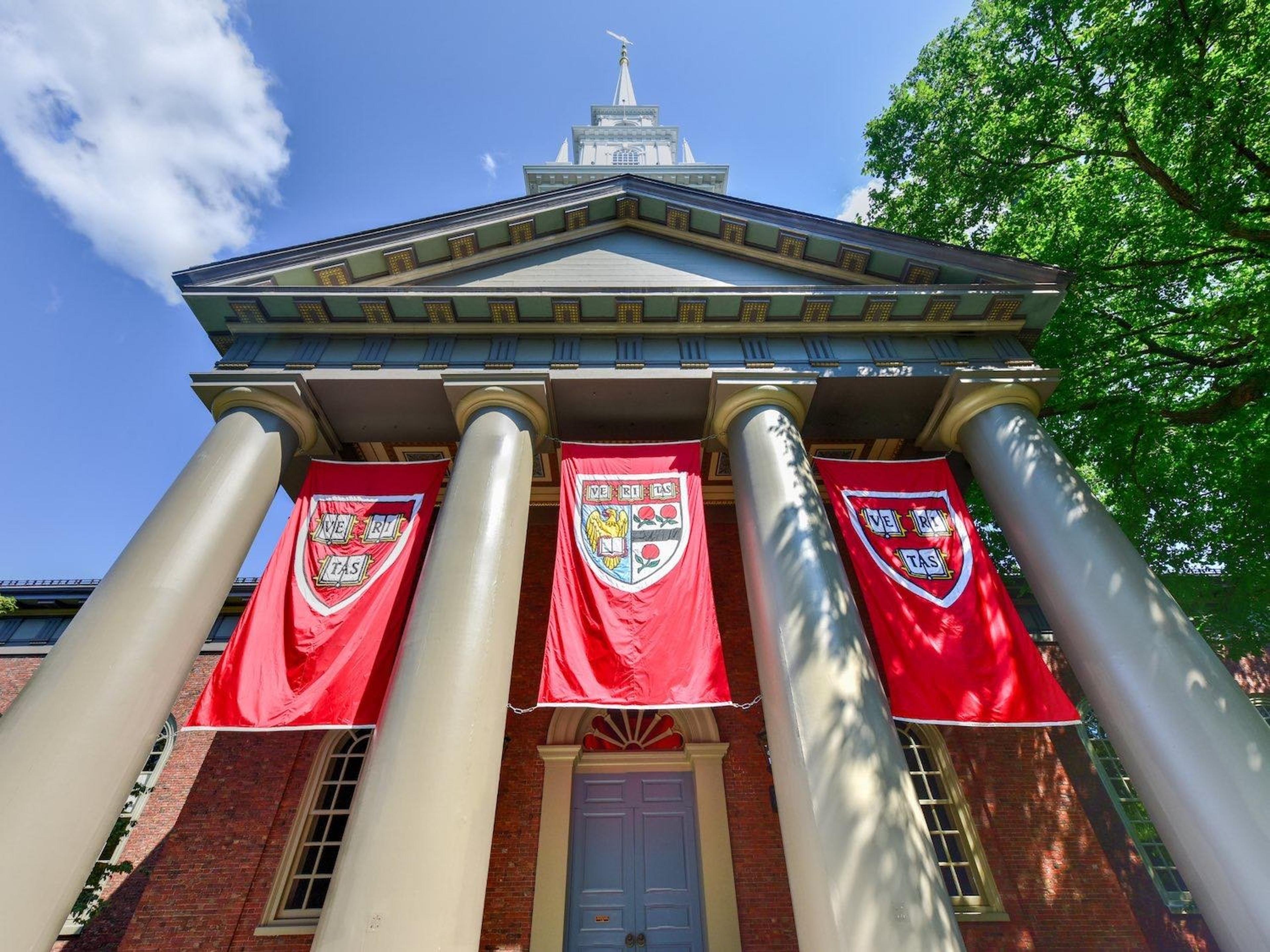The HBS Waitlist Strategy
On the waitlist for HBS? Read this article for information on your chances, how to get off, and what to do in the meantime.

By Geri T.
Former HBS AdCom I 100+ M7 Admits I Top 50 Leland Coach '23 and '24
Posted June 13, 2025

Table of Contents
Free Event

Featuring Horatiu S.
Profile Power: A LinkedIn Profile That Gets You In
Starting Tuesday, September 2
11:00 PM UTC · 45 minutes

Featuring Horatiu S.
Harvard Business School is one of the most prestigious graduate programs in the world. The application process is complicated and the competition is fierce - so you should feel good about making it to the waitlist of a top business school! At this stage, you’ve got your foot in the door. Now it’s a waiting game - which is understandably difficult, especially for such a significant decision.
However, there are certain things you can do (and cannot do) to improve your chances of gaining admission. Here is my guide to the HBS waitlist - as a former Harvard Business School admissions committee member who reviewed thousands of applications, I've seen what worked from the other side of the table. Now, as a coach, I'm here to help you get off the waitlist and into your dream school. Let's dive in.
The MBA Waitlist: What It Is and Why You’re on It
MBA programs use waitlists to manage the applicant pool throughout several rounds. This ensures they build the most robust and diverse class possible at the end of the whole application cycle. Receiving a waitlist status is not the end of the road and signals that the admissions committee thinks highly of your application. The school may not be ready to offer you, but they like what they see.
There are various reasons why business schools might put an applicant on the waitlist. Some may involve hesitancy over a particular factor in the applicant’s profile, such as test scores or years of experience. Schools could also be holding spots for future rounds to compare applicants of a similar profile. Regardless, the quality of MBA applicants is consistently strong, and programs are becoming increasingly competitive, which means the waitlist is likely here to stay.
According to the HBS website, an invitation to join their waitlist is “a positive indication of our Admission Board’s interest.” The Admissions Board, or admissions committee, does not “rank” waitlist candidates, nor is there a specific target for the number of candidates placed on the waitlist. Decisions are all made on an individual basis, and the number of applicants placed on the waitlist varies from year to year.
What Are the Odds of Getting Off the Waitlist?
Harvard is also known for having a very low acceptance rate from the waitlist, some years as low as 1%. This is an indicator of high yield – in other words, most of the people who are admitted to HBS actually end up attending. Historically, anywhere between 50-60 candidates have been admitted off the waitlist in a given year.
Note that the board reviews candidates on an ongoing basis as spaces open up. The waitlist decisions do not follow the formal application round schedules. And sometimes, people are kept on the waitlist for quite some time, though the final decision is always made by the end of July.
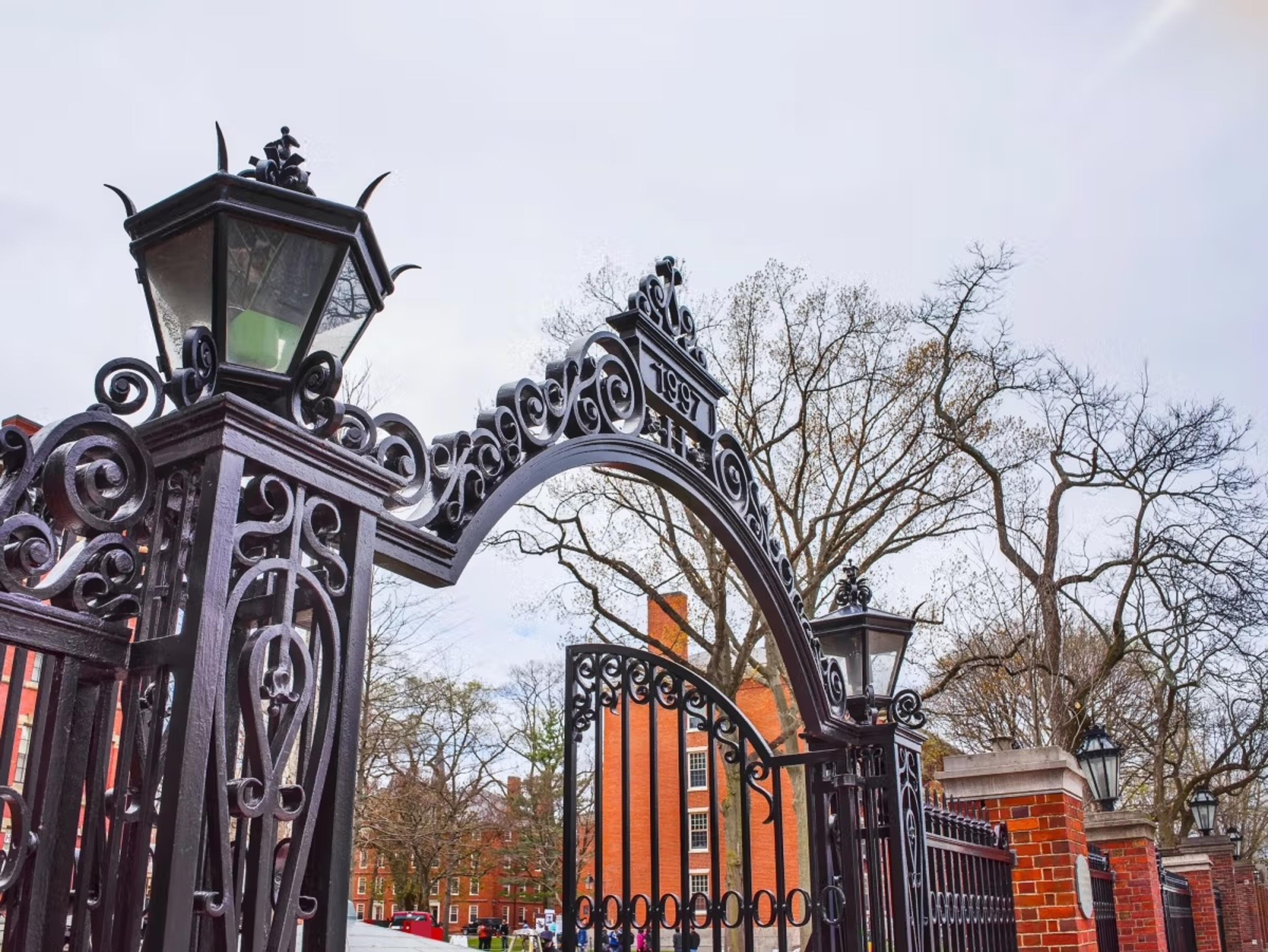
HBS Waitlist Strategy
After being put on the waitlist, there are a few things you can do to make yourself a more competitive candidate and increase your chances of MBA admissions success.
1. Accept and Confirm Your Waitlist Placement
Show your commitment to the program by accepting your waitlist spot; this shows the AdCom that you are dedicated to the school. Make sure to keep your tone professional throughout the process. This will show that you are dedicated to the program. And, keep an eye out for any HBS activities that may be available so you can continue to get to know the school (see here).
2. Update Your Contact Information
Email is the primary means of communication from HBS regarding your admissions status. So, make sure to keep your email address and mailing address up to date on your Applicant Status Page.
3. Review Your Application
Reassess your complete application, from essays to test scores to recommendation letters. Ask for help from peers and mentors to identify potential places of weakness. Harvard Business School allows you to submit updated information in March. Think about ways you might mitigate any weaknesses by sharing information about a new role or project at work or new extracurricular involvement. More information on how to complete your update may be provided by the waitlist manager via email.
Expert Tip: One of the most impactful factors that you have the ability to change during the waitlist period is your test score. If your GMAT/GRE score is below or at the median score of the most recent class profile, retaking the test and getting a score higher than the median may be able to give your application a significant boost.
Ready to Get Off the Waitlist?
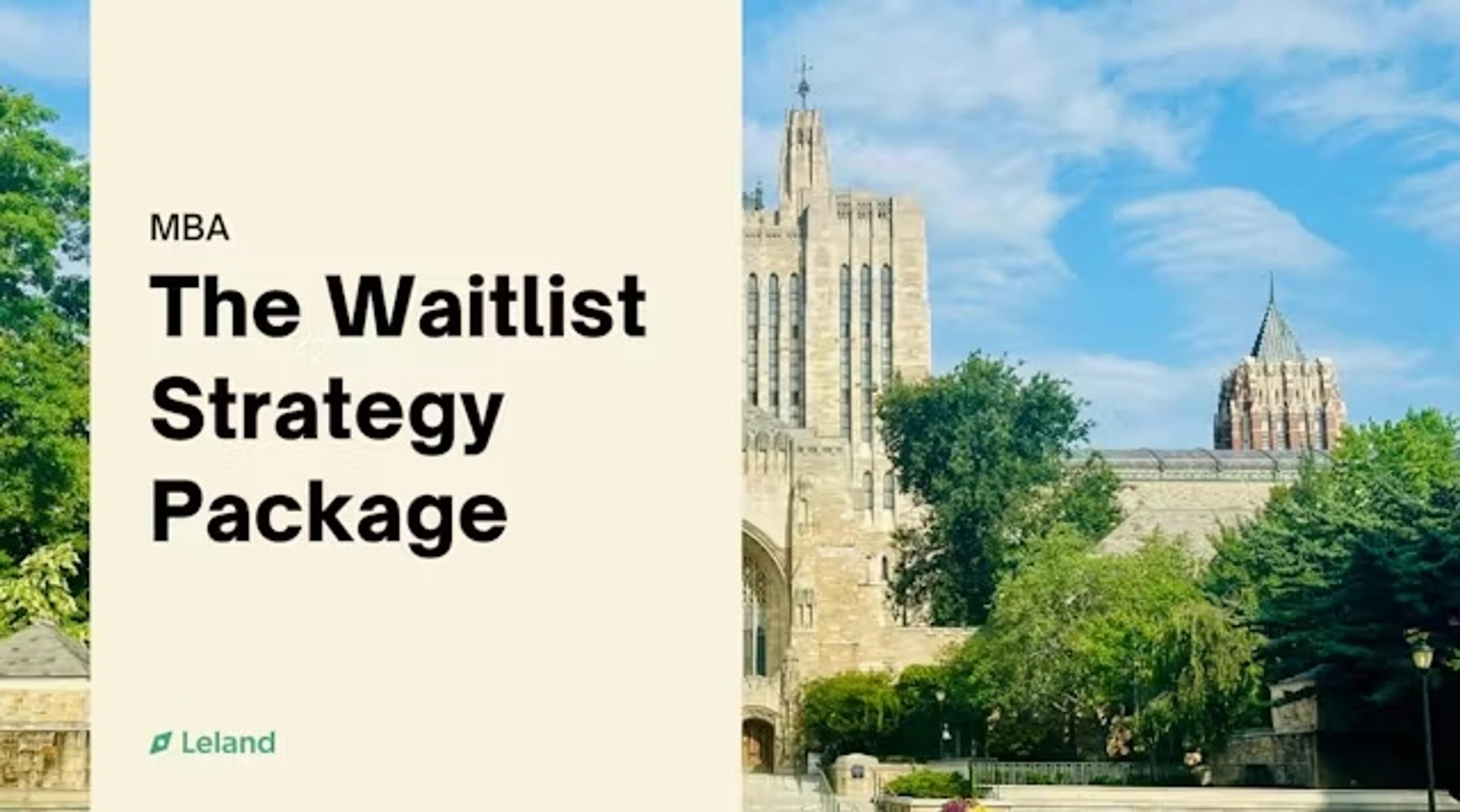
Check out this waitlist strategy package. All you have to do is choose your tier -after you check out, the Leland team will custom-match you to the best coach for your background, goals, and target school. Your coach will then create a personalized plan for getting you off the waitlist, complete with a review of your application and custom recommendations for strengthening it.
4. Follow the Program’s Rules
While HBS offers an opportunity to provide one update, each school has different waitlist policies, and it is essential to follow the school’s specific guidelines. Some will not want any communication from applicants, while others will encourage profile updates. Read any information you receive from the admissions team carefully and follow their instructions.
For Harvard, the decision is based on a full review of the completed application materials that have already been submitted. Outside of the March opportunity to submit updated information, communication with the AdCom is discouraged. All instructions on submitting the updates will be provided via email.
5. If Possible, Offer a Supplementary Letter of Support
HBS does not accept additional letters of recommendation or letters of support. However, other schools may be more flexible. To highlight that you are a good fit for the school, consider having a mentor or member of the school community send a letter of support to the Admissions Board. A one-page email is satisfactory; sending in a flood of emails or communications may harm your candidacy. Again, if the school doesn’t accept additional materials, accept the school’s waitlist policy and refrain from sending anything in.
6. Have Hope, and Consider Plan B
Being put on a waitlist can disappoint, but it is not the end of your MBA journey. Do what you can to show your commitment and excitement to join the MBA program. But you should also think through a plan B if you aren’t admitted – consider your career goals and whether you might want to reapply to the program in an upcoming year.
If so, look for ways to strengthen your application and talk to members of the school’s community for insights into the application process and strategy.

FAQs on the Harvard Waitlist
What does being on the HBS waitlist mean for my chances of admission?
- Being on the HBS waitlist means that the Admissions Board sees potential in your application but isn't ready to offer you a spot immediately. It indicates that you are a competitive candidate for the MBA program, and there's still a chance you could be admitted as spaces become available (i.e. admitted students accept or deny their placements).
How should I respond to a waitlist invitation from HBS?
- You should accept your waitlist spot and confirm your interest in HBS. Make sure to keep your contact information updated and review your application for any areas of improvement. Be professional and show your dedication to the program.
Can I submit additional materials to strengthen my application while on the Harvard waitlist?
- HBS allows waitlisted candidates to submit one update in March. This can include new information about professional roles, projects, or extracurricular activities. However, additional letters of recommendation or support are not accepted.
How often are candidates reviewed while on the HBS waitlist?
- The HBS Admissions Board reviews waitlisted candidates continuously as spaces open up. These reviews have no fixed schedule, and decisions are made individually.
Is there a specific number of candidates that HBS places on the waitlist?
- HBS does not have a specific target for the number of candidates on the waitlist. The number varies yearly, and all decisions are made based on individual merit.
What should I avoid doing while on the HBS waitlist?
- Avoid sending in additional materials or letters if HBS does not accept them. Refrain from excessive communication with the admissions team and follow the specific guidelines provided by HBS.
How long can I expect to be on the HBS waitlist?
- Candidates can be kept on the waitlist for varying lengths, but all decisions are typically made by the end of July.
What should I do if I don't get off the HBS waitlist?
- If you are not admitted, consider developing a plan B. Think about your career goals and whether you might want to reapply to the program. Look for ways to strengthen your application and seek insights from current students or alumni.
Are there any resources to help with my MBA waitlist strategy?
- Yes! We recommend you consider consulting with an admissions coach. These experts can help you formulate your waitlist strategy and improve your application. To get started, you can book a free intro call with a coach.
Where can I find more information about the waitlist process?
- More information can be found on the HBS website or by contacting the admissions team directly. Additionally, reading articles and insider tips can provide valuable insights into the waitlist process and strategies for success.
Geri T. is a former member of the HBS MBA Admissions Board where she reviewed thousands of applications and conducted tons of interviews. She also helped launch the HBS 2+2 program for deferred MBA candidates. Book a FREE intro call with Geri today!
Read these next:
- How to Get Off the MBA Waitlist: Insider Tips for Admission
- Harvard Business School — MBA Program & Application Overview (2023)
- The GSB MBA Waitlist Strategy
- Not Every MBA Program is Made Equal–An Overview of the Program Structures of Top Business Schools
- How I Got Into Harvard Business School With Low Test Scores

Written by Geri
4.9
(46)
I am a former member of the MBA Admissions Board at Harvard Business School. I spent 8 years reviewing and evaluating applications, conducting interviews, and marketing the school at MBA fairs, panels, and conferences. I helped launch, and manage the 2+2 Program (deferred admissions). I hold a B.A. from the University of Delaware. Most of my career has been spent in higher education within Career and Professional Development, Admissions, and Digital Education. Born in New Jersey (thankfully no accent remains), I now live just outside Boston with my husband and 2 teenage children. Our most recent addition to the family is our mini Bernadoodle, Java. I love podcasts, Formula 1, and books of all kind.
Geri has helped clients get into organizations like:
Harvard Business School
The Wharton School (UPenn)
Stanford Graduate School of Business
Chicago Booth
Kellogg School of Management (Northwestern)


